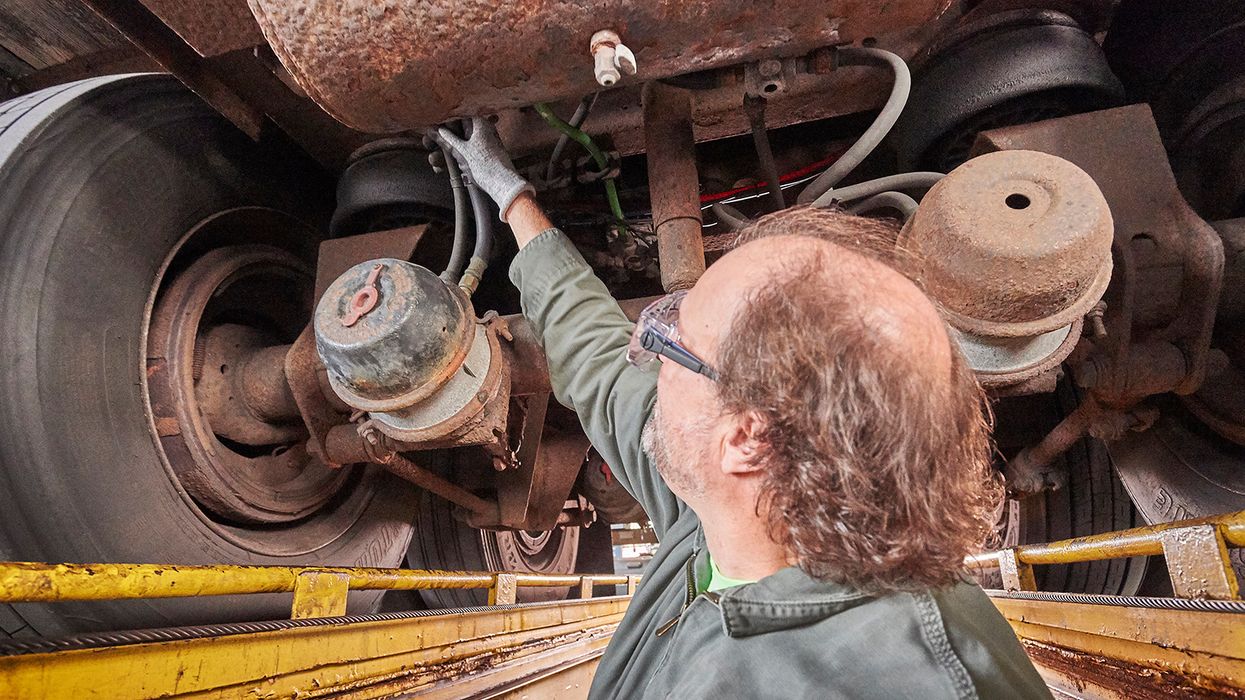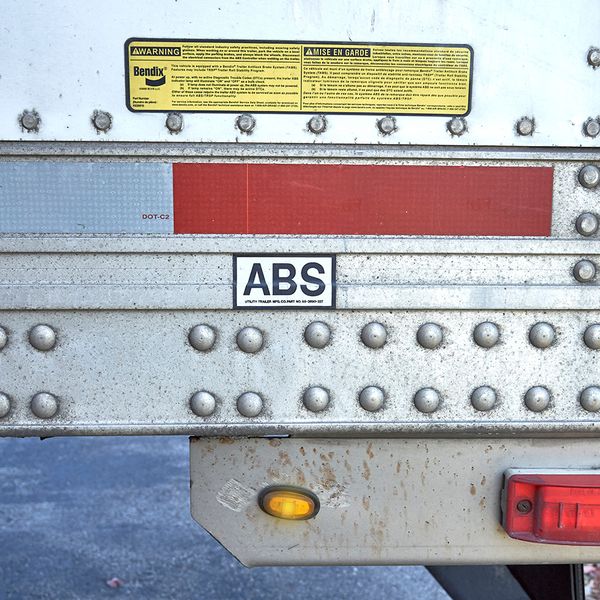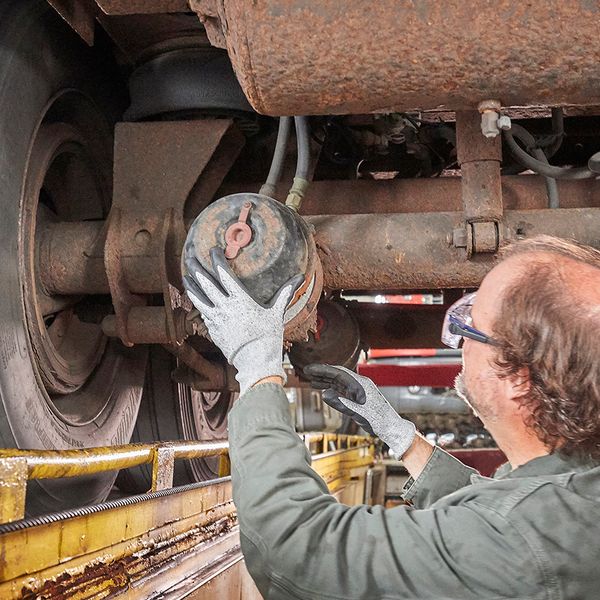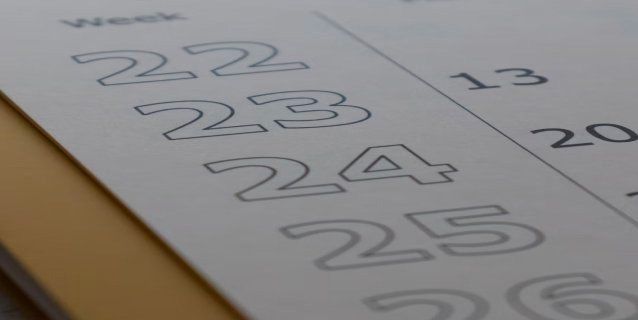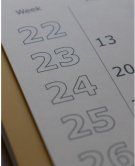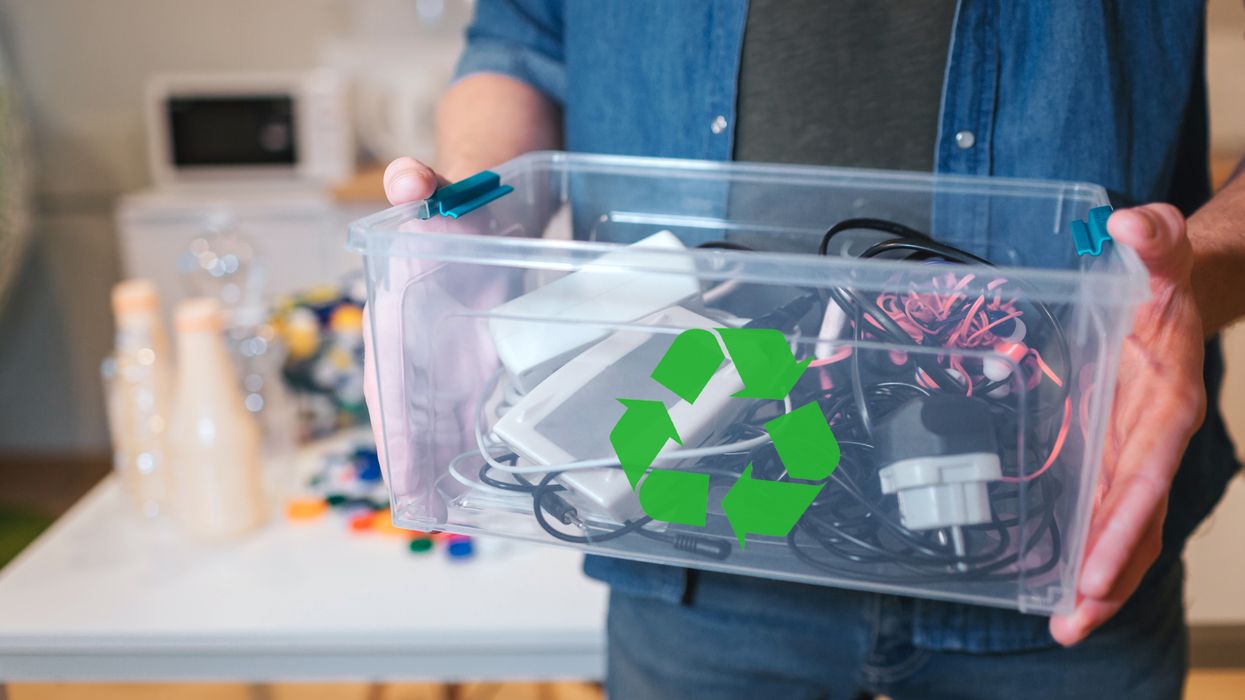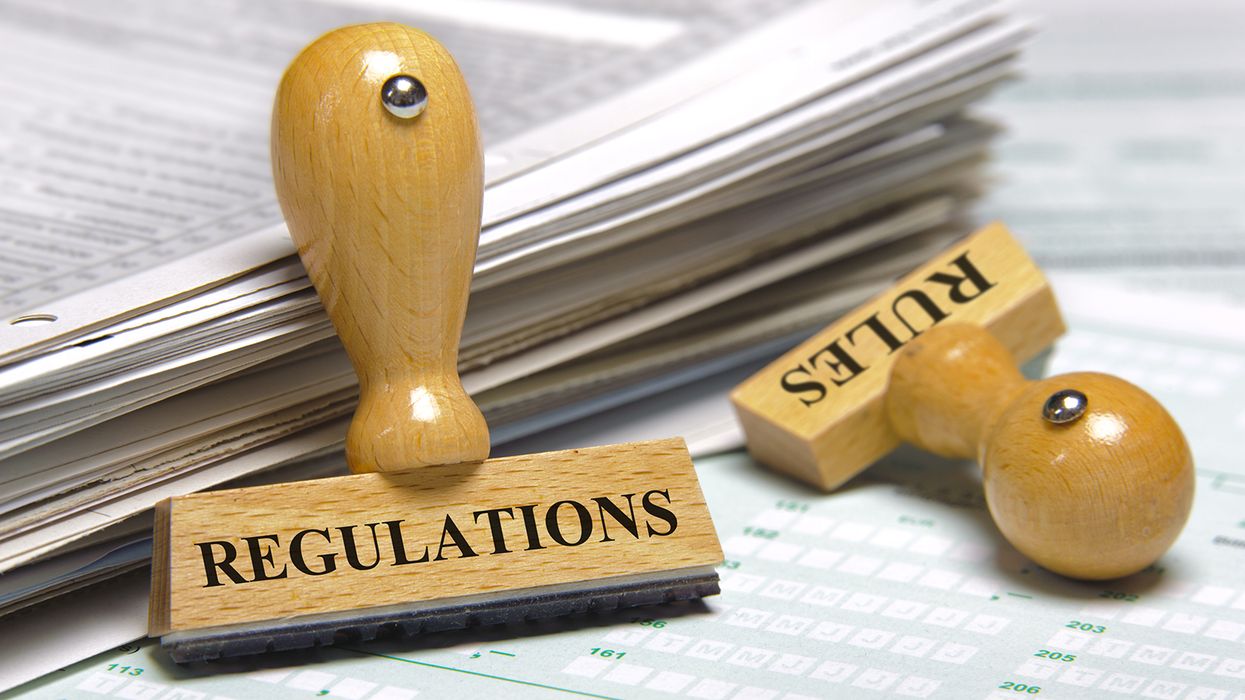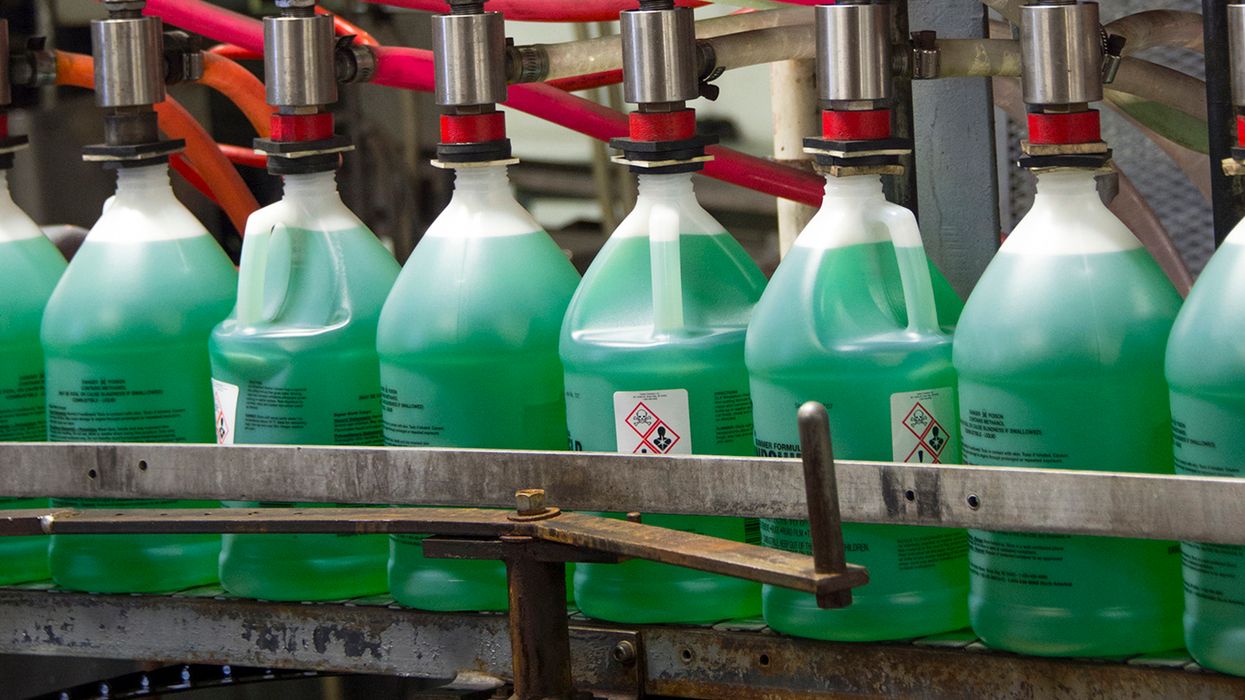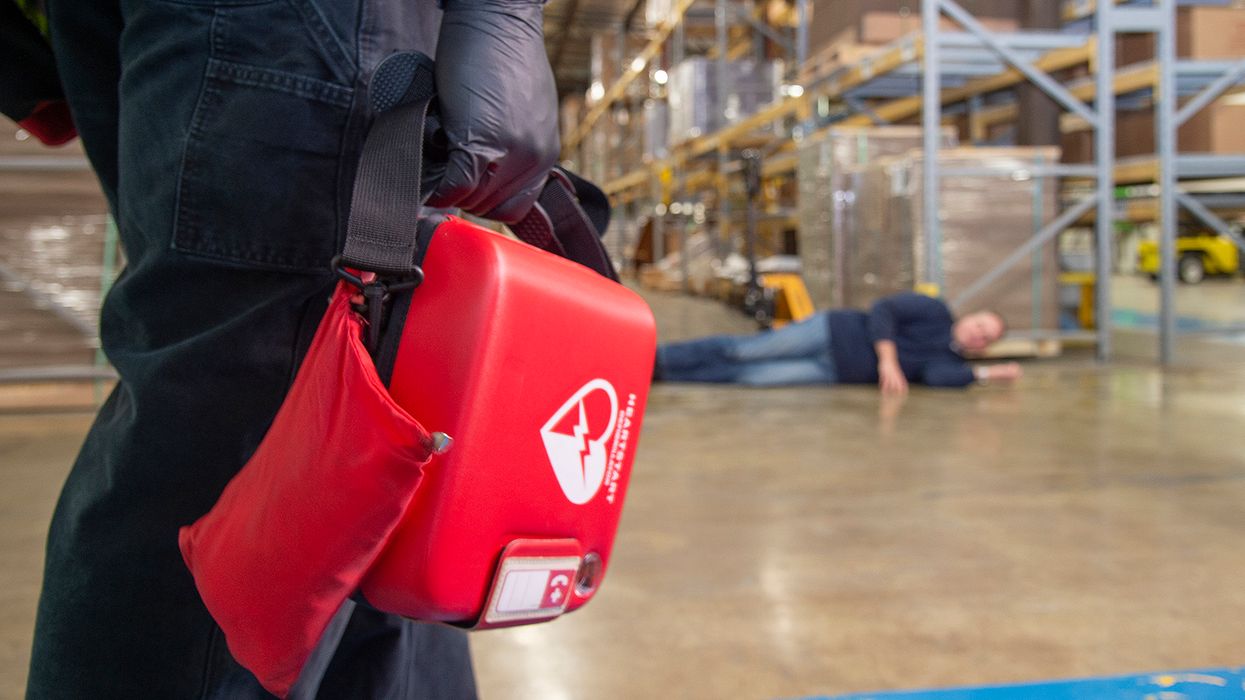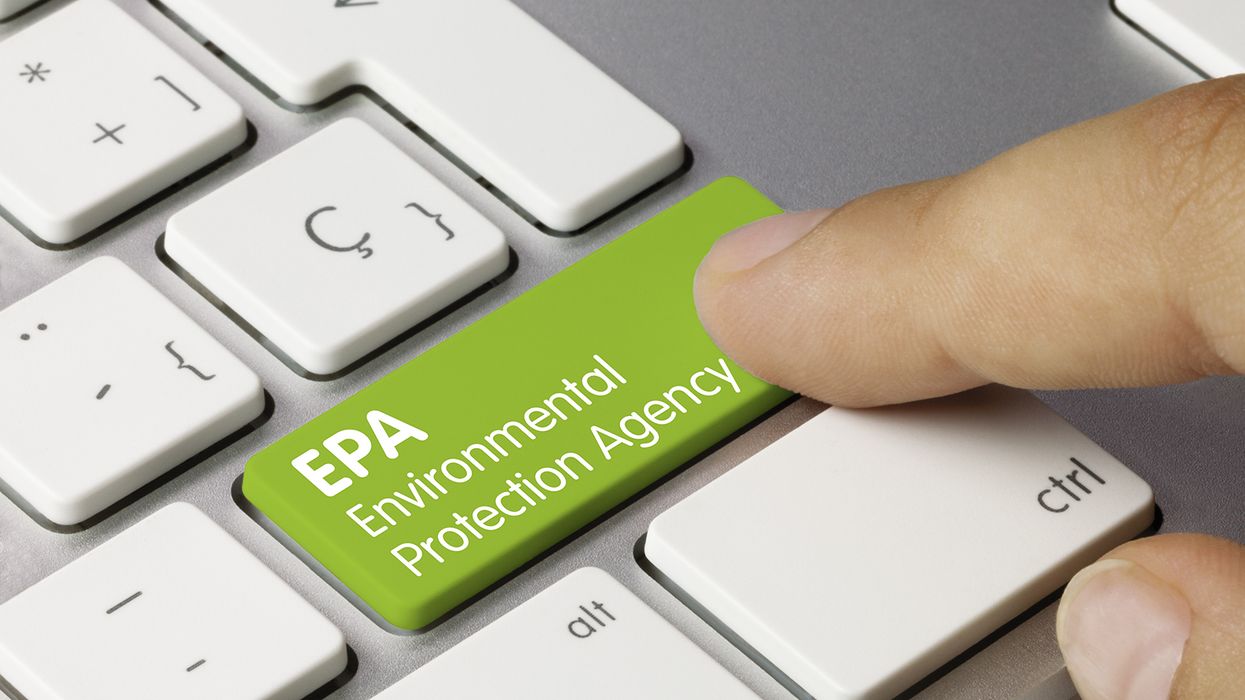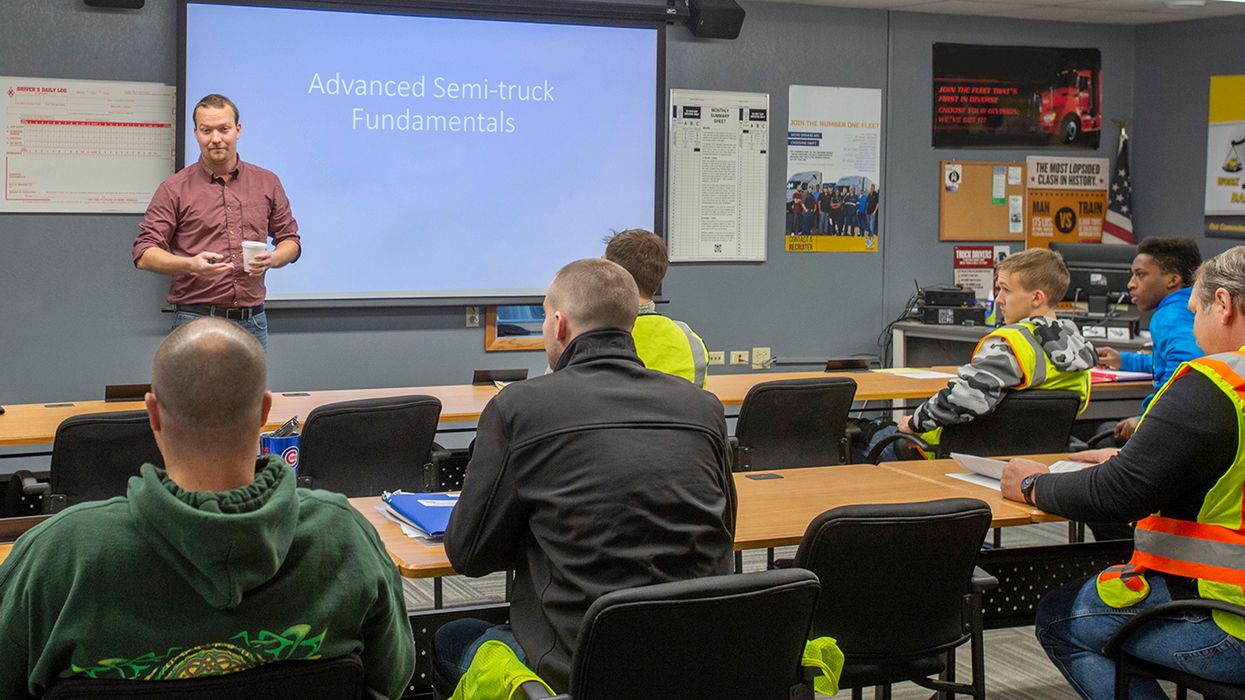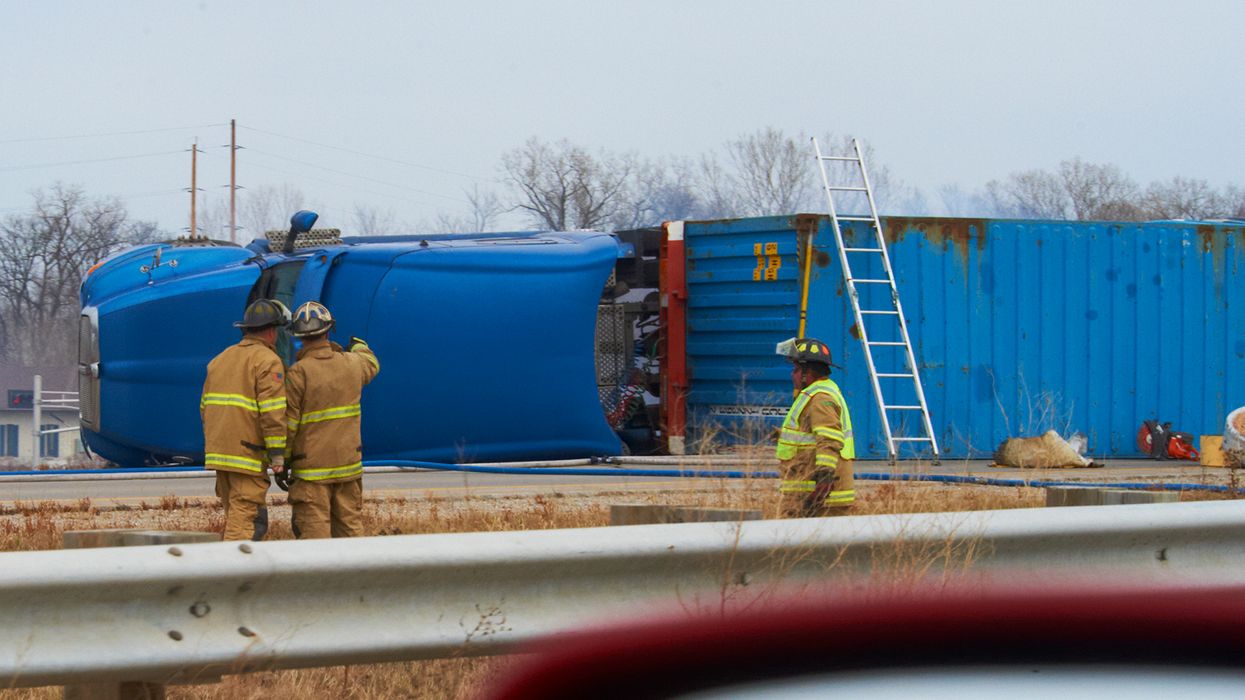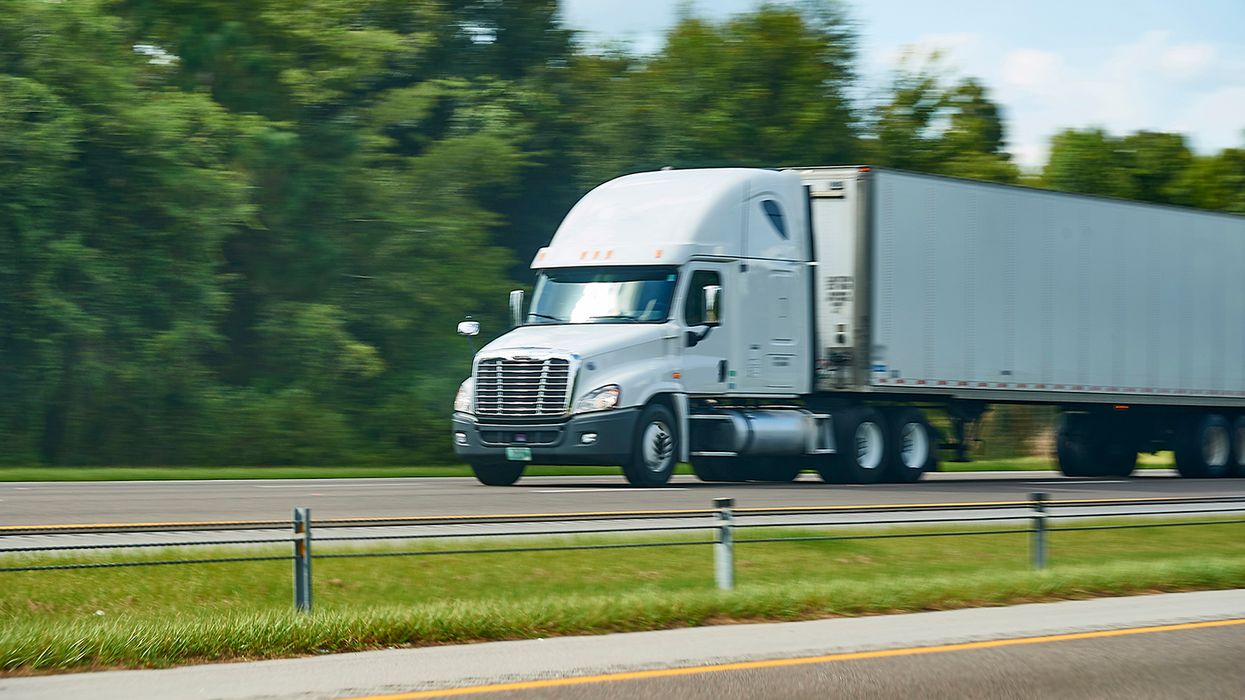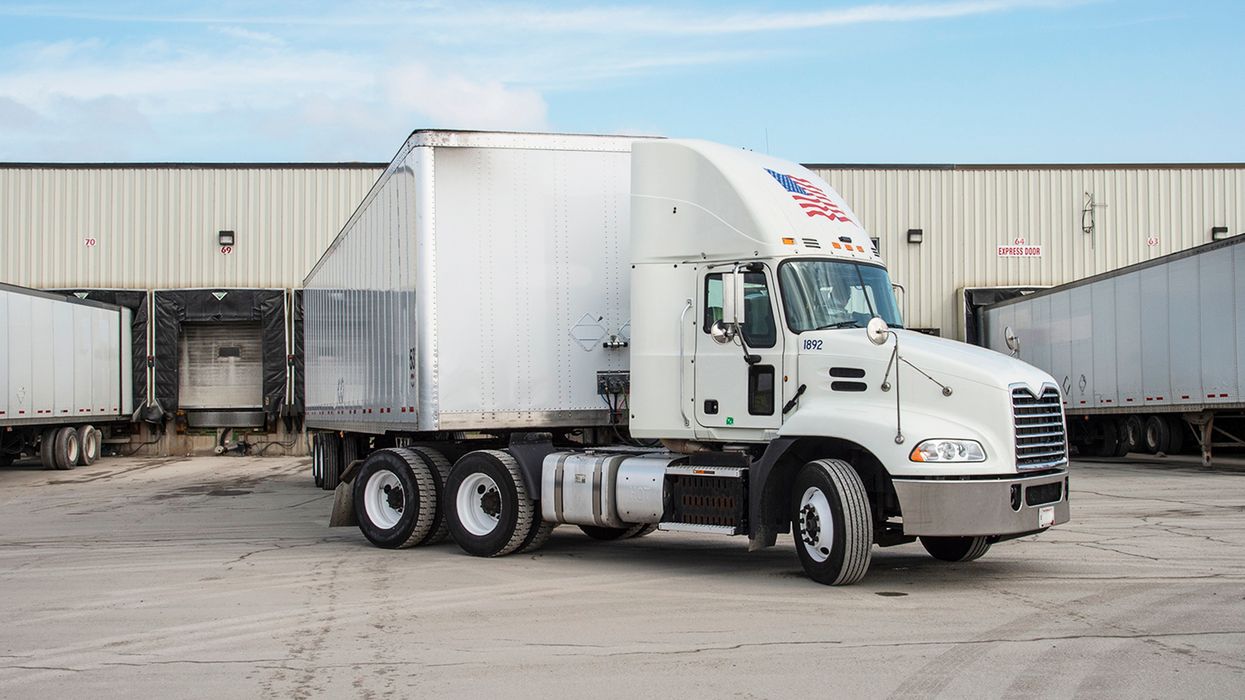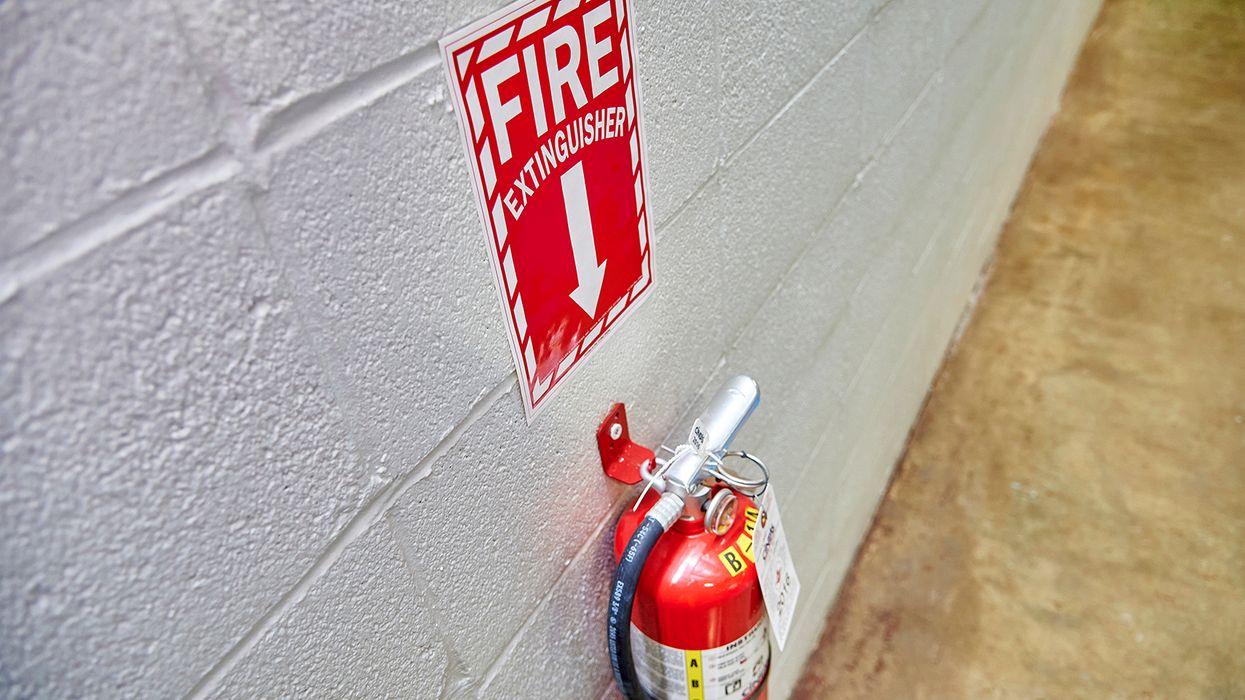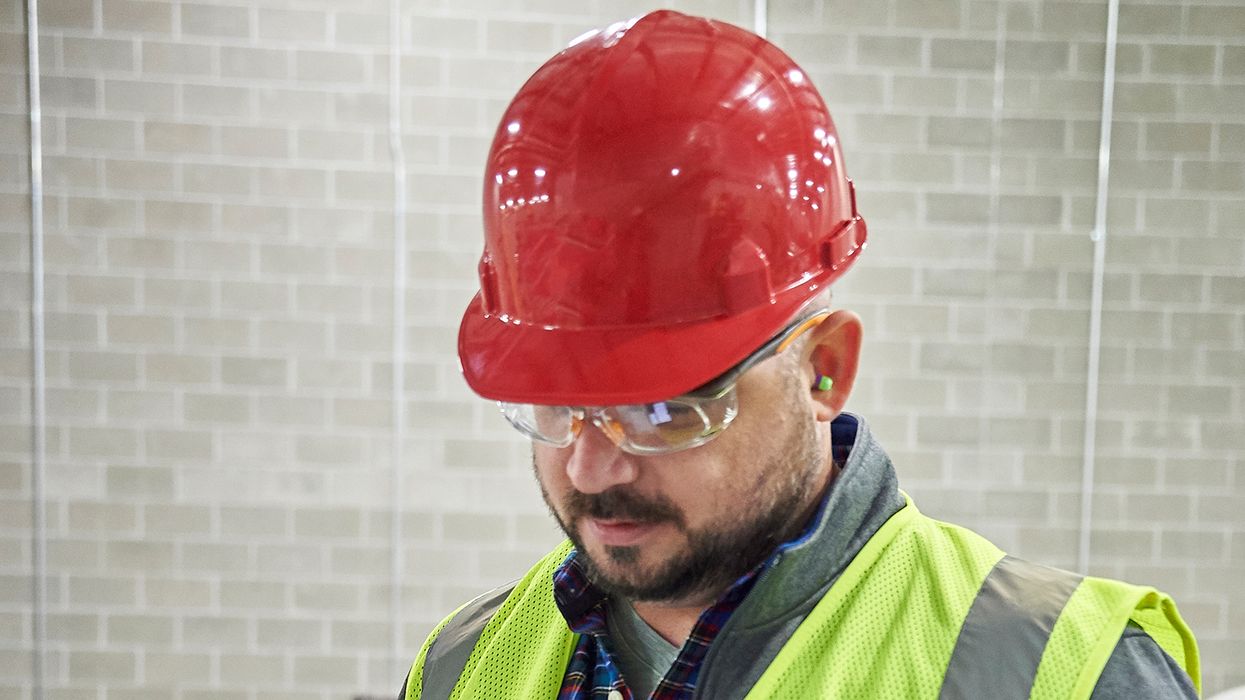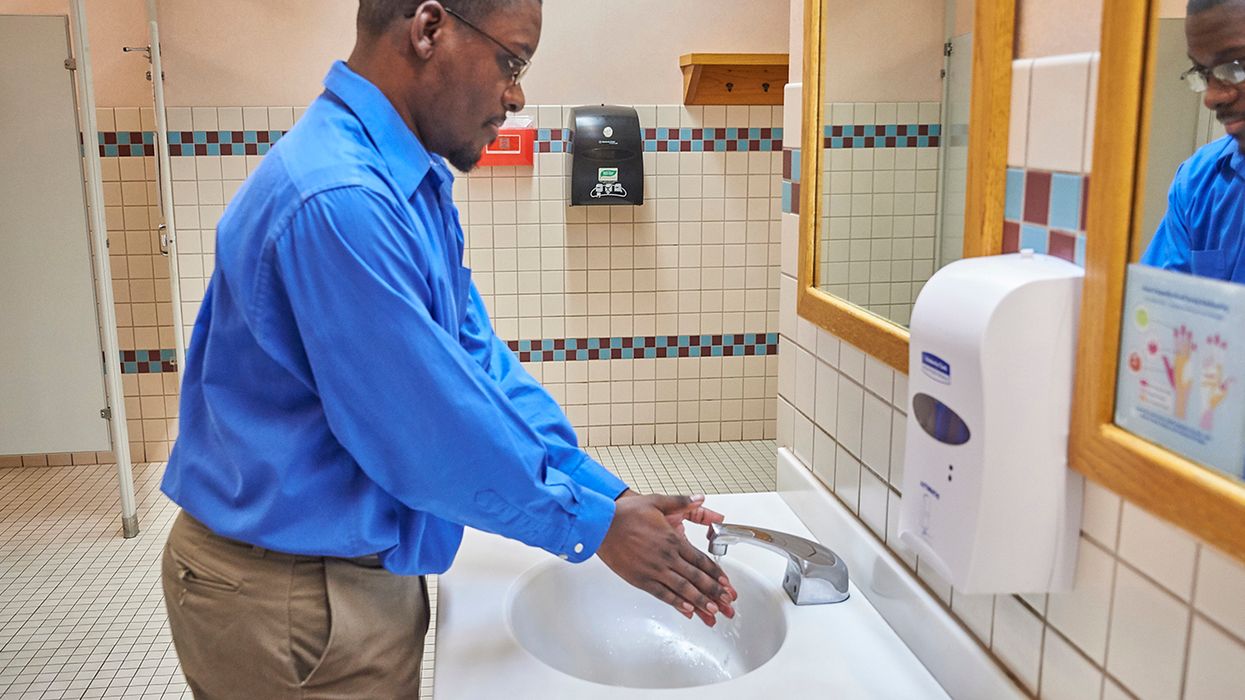Stop! Did you know preventing brake violations is a two-step process?
One issue carriers often deal with is brake violations discovered during roadside inspections. Unfortunately, many carriers look for an easy solution. In many cases that means blaming the drivers and trying to make them do better vehicle inspections. This approach, however, misses the mark for several reasons.
Do you want your drivers under the vehicle?
Fully inspecting the brake system requires getting under the vehicle to check brake adjustment and the underside components. The problem is, there are many carriers that do not want their drivers under the vehicles. There are also drivers who will not get under a vehicle and inspect the brakes. Why? First, to check brake adjustment and some of the brake components correctly, the driver must get under the vehicle with the brakes released, and have specific tools and a tape measure. As you know, crawling under any vehicle with the brakes released can be extremely dangerous, unless the individual doing it is very well versed in the necessary safety procedures. Most drivers are not.
Second, the brake system is extremely complicated and technical. Most drivers do not have a complete grasp of the brake system and how it functions, and therefore what details they need to be looking for when they are under the vehicle.
Finally, during their initial training in the industry most drivers are trained to inspect the brake components visually and verify they are in the right place, in good condition, and secure. This can be done without crawling under the vehicle.
Training your driver is PART of the answer
However, to do good visual inspections from the outside of the vehicle (as opposed to the underside), the driver does need to be well versed on the system, what can be checked from outside the vehicle, and how it is to be checked (what you are looking for).
This means you need to train your drivers on inspecting the brake system. This includes checking the air compressor (or master cylinder for hydraulic brakes), the air dryer (if equipped), all visible air or hydraulic hoses, and the air tanks on an air-brake vehicle. Drivers of air brake vehicles should also be trained to drain their air tanks during the post-trip inspection at the end of the day.
Drivers should also be trained on how to visually inspect (and touch when possible) the brake components at the wheel. This includes the:
- Air or hydraulic hoses
- Brake chamber
- Push rod
- Slack adjusters
- Connecting hardware
- S-cam
- S-cam bushings
- Any visible sections of the brake linings and drums
While the driver may not be able to see everything, the driver should be able to see most problems.
Finally, drivers should be able to do the key-on ABS check and brake system check. These should be done daily, ideally as part of the driver’s pre-trip process. The key-on ABS check involves turning on the key and making sure the ABS warning lights on the dash and left rear corner of the trailer (in the case of an air brake trailer) come on and then go off. This indicated the system is working and it has passed its self-test.
The brake system check involves checking:
- Leaks: With engine off, service brakes applied, and park brakes released, watch the air gauge and listen for leaks. In the case of a hydraulic vehicle, pump the brakes three times and then hold the pedal down and feel for fade.
- Alarms (warning light): Pump the brake pedal to lower the system’s air pressure and make sure the warning light comes on before air pressure falls to 60 psi or half of your normal maximum pressure. In a hydraulic brake vehicle, make sure the brake warning light comes on with the key and then goes off and it does not come on during the leak check.
- Button popout (this is unique to air-brake vehicles): Pump the brake pedal to lower the system’s air pressure until the brake button(s) pop out and apply the emergency brakes (they were still pushed in from Step 1)
- Build up rate and cut out (this is unique to air-brake vehicles): Restart the engine and raise the RPMs to the normal operating level (normally around 1200 to 1400 RPMs) and track how long it takes to build the air from 85 to 100. It should be less than 45 seconds. Then check that the governor cuts the compressor out at the normal maximum system pressure.
- Park brakes (which are also the emergency brakes on both air and hydraulic brake systems): With the park brakes applied, try to move the vehicle.
- Service brakes: Release the parking brakes and roll forward at 5 mph and apply the service brakes (step on the brake pedal). The vehicle should stop quickly without pulling to the left or right.
If this sounds complex, it is. However, drivers learn this as part of their CDL training, so your job is to make sure they don’t forget it and remember to do it. This is accomplished through training.
Technicians are the other half of the equation
The other half of the process is your maintenance program. If you do not want the drivers getting under the vehicles doing detailed checks of the entire brake system, this means having a fully qualified technician looking at the brakes on a regular basis (see 396.25). As well as taking an in-depth, hands-on look at all the components the driver inspects, the technician should be looking at:
- Hidden air hoses (rubbing, damaged, or leaking)
- Relay and quick release valves (for mounting, condition, and function)
- ABS modulation valves, wiring. and connections
- Slack adjuster free play
- S-cam rollers
- Hub spiders (for damage and loose attachments)
- Return springs (action at the brake chambers and visually at the shoe return springs)
- Lining thickness
- Drum thickness and condition
The technician should also be doing the same key-on ABS check and system test that the driver does.
Key to remember: The less you expect the driver to inspect, the more you are depending on your technicians to catch. This needs to be reflected in your maintenance program. How do you know qualified technicians are seeing the vehicles often enough and drivers are doing their inspections? Easy. Look at your violation data from roadside inspections.

